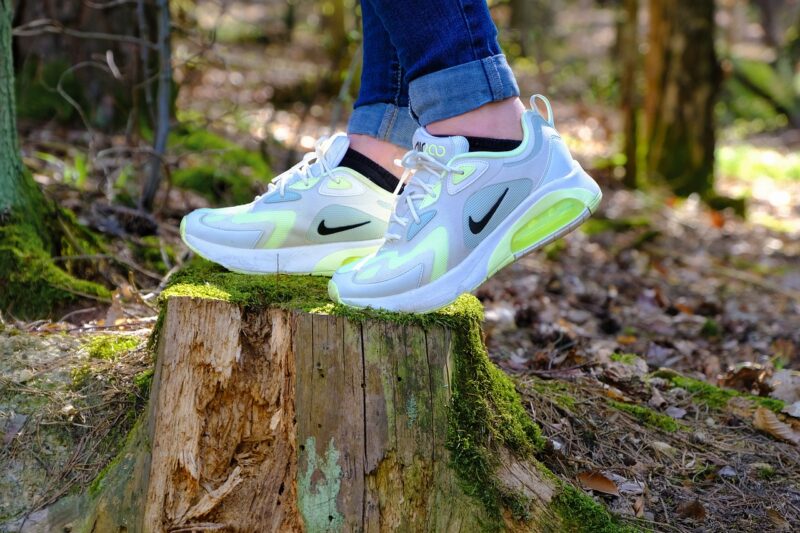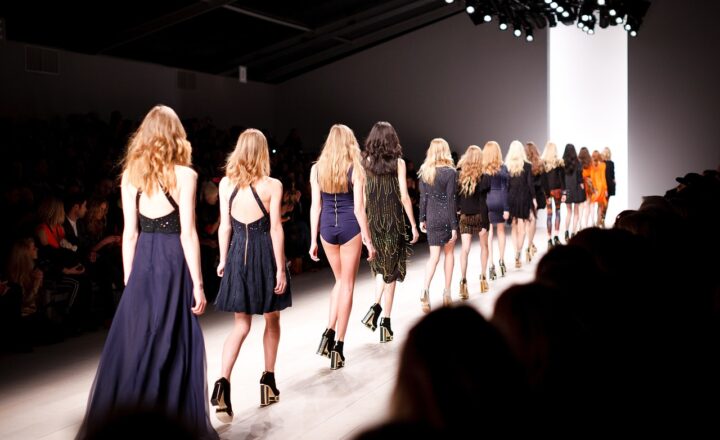
Fashion is a powerful reflection of culture, society, and personal expression. Over the decades, styles have evolved, and trends have been revived, often serving as a nostalgic nod to the past. In this article, we take a comprehensive look at the most influential fashion trends from the 1970s to the 2020s, highlighting the iconic styles that have shaped each decade and their modern interpretations.
The 1970s: An Era of Freedom and Expression
The 1970s marked a revolutionary time in fashion, characterized by freedom of expression, vibrant colors, and diverse styles. Influenced heavily by the social movements of the time, including the feminist movement, disco culture, and the rise of youth culture, this decade offered a variety of looks that celebrated individuality.
Popular trends included:
- Bell-bottoms: These wide-legged trousers became a staple of ’70s fashion, often paired with brightly colored shirts and platform shoes.
- Maxi Dresses: Flowing maxi dresses emerged as a symbol of femininity, often featuring bold patterns and floral prints, ideal for outdoor festivals.
- Fringe and Suede: Fringe jackets and suede pants were all the rage, especially within the bohemian style that defined the era.
Through outfits inspired by music icons like David Bowie and Joni Mitchell, the ’70s established a legacy of styles that still reverberate in contemporary fashion today.
The 1980s: Bold and Unapologetic
The fashion of the 1980s was marked by excess and extravagance. This decade brought about an explosion of color, innovative silhouettes, and dramatic accessories. The power-dressing trend dominated women’s fashion, while heavy metal and punk influenced men’s styles.
Key trends from the ’80s included:
- Shoulder Pads: These pads were added to blouses and jackets, giving a powerful, strong silhouette that epitomized women’s liberation in the workplace.
- Neon Colors and Bright Prints: Bright and flashy colors ruled the scene, with outfits often consisting of clashing prints and bold accessories.
- Denim Everything: From oversized jackets to acid-wash jeans, denim became a symbol of youthful rebellion and casual style.
With a focus on individuality and self-expression, the ’80s proved that fashion can be a bold declaration of identity.
The 1990s: Grunge Meets Glam
As we transitioned into the ’90s, fashion took a turn towards eclecticism, celebrating alternative and grunge styles alongside the glitzy glam looks that emerged from pop music. With the rise of iconic supermodels and hit shows like “Friends”, the trends reflected both casual comfort and runway chic.
Fashion highlights from the ’90s included:
- Flannel Shirts: Popularized by the grunge movement, these shirts were often worn oversized and paired with ripped jeans and combat boots.
- Crop Tops and High-waisted Jeans: These youthful looks became a staple for many, showcasing a casual and fun aesthetic.
- Chokers: This accessory became a fashion statement, with various styles from simple black bands to intricate designs.
The ’90s blended various influences and set the stage for future fashion revivals.
The 2000s: The Age of Individuality
The arrival of the new millennium brought about a unique amalgamation of styles and trends, influenced heavily by the internet and reality TV. Casual wear saw a resurgence, and individuality thrived, with each person’s taste driving what was deemed stylish.
Prominent fashion trends of the 2000s included:
- Low-rise Jeans: These became a signature to many outfits, often paired with crop tops and belly-button piercings.
- Logo Mania: Brand logos became highly visible, with everything from T-shirts to bags displaying conspicuous branding.
- Tracksuits and Athleisure: The rise of athleisure saw the popularity of matching tracksuits made famous by figures like Paris Hilton.
The fashion of the 2000s was all about making a statement and embracing one’s unique style.
The 2010s: Sustainability and Street Style
In the 2010s, fashion experienced a significant shift towards sustainability and inclusivity. The rise of social media platforms changed how fashion was consumed and marketed, leading to the emergence of streetwear and a resurgence of vintage aesthetics.
Key trends included:
- Athleisure: This trend continued from the previous decade, becoming more mainstream with brands focusing on comfortable yet stylish clothing like leggings and sports bras.
- Vintage and Thrift Shopping: Consumers began to embrace recycled clothing, reflecting a growing awareness of environmental issues.
- Streetwear culture: Brands like Supreme and Off-White blurred the lines between high fashion and street style, driving demand for limited-edition releases and collaborations.
The 2010s amplified voices regarding body positivity and diversity, resulting in a shift in mainstream fashion narratives.
The 2020s: Fashion’s Future is Progressively Inclusive
As we navigate through the 2020s, the fashion industry continually evolves, driven by issues such as environmental concerns, diversity, and technological advances. Fashion is becoming an even more inclusive landscape, pushing boundaries and redefining aesthetics alongside individual expression.
Current trends encompass:
- Sustainable Fashion: More brands are prioritizing eco-friendly materials, ethical production, and circular fashion systems.
- Gender Fluidity in Fashion: Designers create collections without gender distinction, allowing more personal expression through clothing.
- Streetwear Evolution: The blend of luxury fashion and streetwear continues to grow, challenging traditional fashion hierarchies.
As we look towards the future, it’s clear that fashion will remain a dynamic and transformative express of cultural identity and personal style.
Conclusion: The Circle of Fashion
From the colorful and expressive styles of the 1970s to the inclusive and sustainable practices of the 2020s, each decade has contributed unique elements to the evolving tapestry of fashion. Trends often revisit and adapt aspects of past styles, proving that fashion is indeed cyclical. By reflecting on the influential trends through the decades, we can appreciate how they intertwine with societal movements and cultural shifts, revealing the timeless nature of fashion as a form of expression. As we continue to shape the future of fashion, the lessons of the past will always provide inspiration for the present and future.
Fashion, at its essence, is not just about clothes; it’s about identity, culture, sustainability, and self-expression. As we wear our clothes today, we carry forward the legacies of those who came before us, making our marks in the ongoing fashion narrative.






